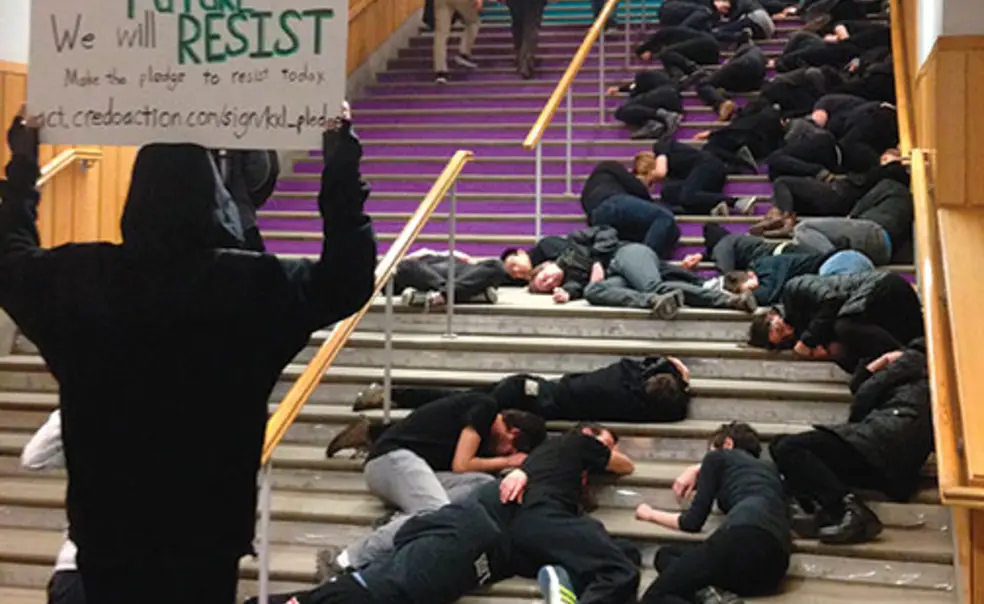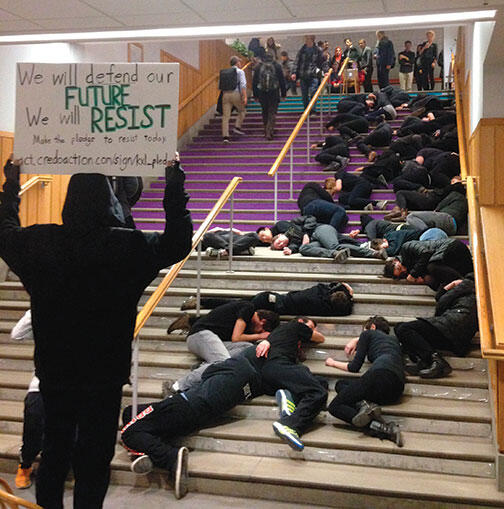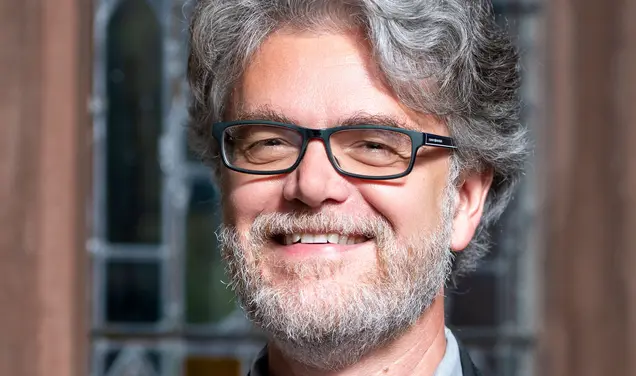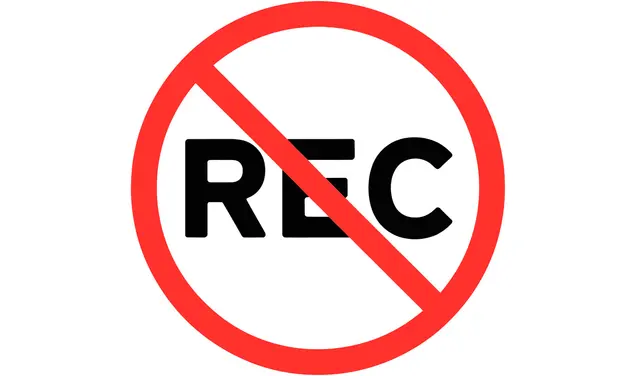Nine Princeton students were arrested at the White House and about 30 took part in a “die-in” at Frist Campus Center in a pair of protests last month against the proposed Keystone XL oil pipeline.
Police reported 372 arrests of demonstrators, mostly college students, who took part in a March 2 march from Georgetown University to the White House. Participants urged President Barack Obama to reject the pipeline, which would carry crude oil from Canada to the Gulf Coast.
Four days later, about 30 black-clad students lay down on the Frist stairway, simulating deaths caused by fossil-fuel pollution. One student held up a sign that said, “We will defend our future. We will resist.” The 20-minute protest was part of XL Dissent, a movement on more than 50 college campuses.
Mason Herson-Hord ’15, the New Jersey liaison for XL Dissent, said that the actions signal a rise in student activism at Princeton, but that getting students to become involved is a difficult process because most place a higher priority on academics and their careers.
“If you go to Berkeley or Columbia, where there are very active political communities and students that are constantly engaged in their communities, [activism] becomes very visible in a physical sense,” Herson-Hord said.
An umbrella group called Princeton United Left, which Herson-Hord helped to organize, has attracted 85 to 100 students to pursue social-justice campaigns such as wage issues affecting day laborers in the Princeton area. The group also plans to hold gatherings during the two Princeton Previews in April to demonstrate the potential for activism to prospective students.
“When I came here to Princeton, it felt like nothing was going on — a handful of people went to the Occupy vigils,” said Herson-Hord. “My generation faces an imminent necessity for radical political and social transformation, and although we’re only beginning, I think we’ve latched onto an effective model for the future.”












No responses yet